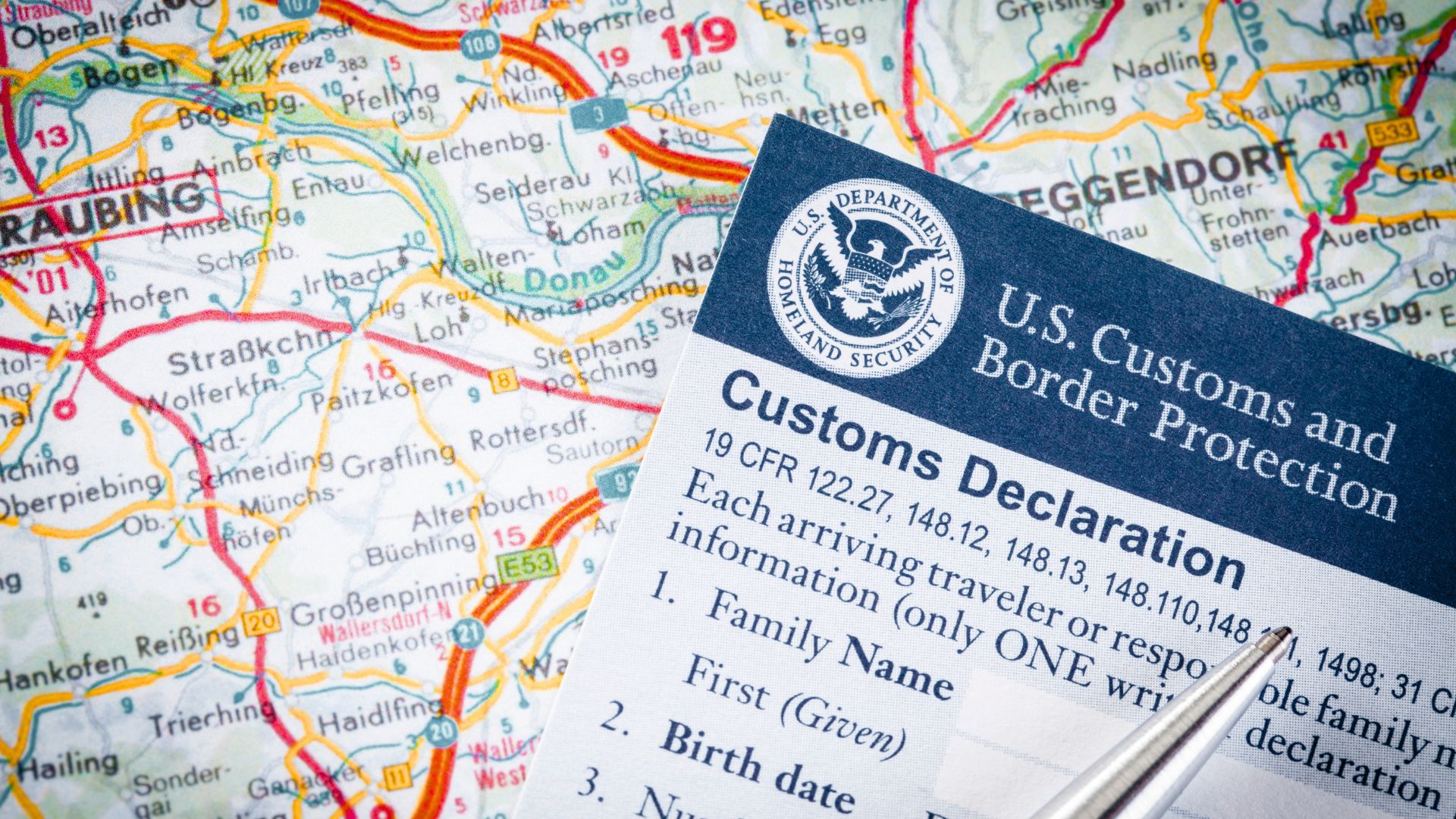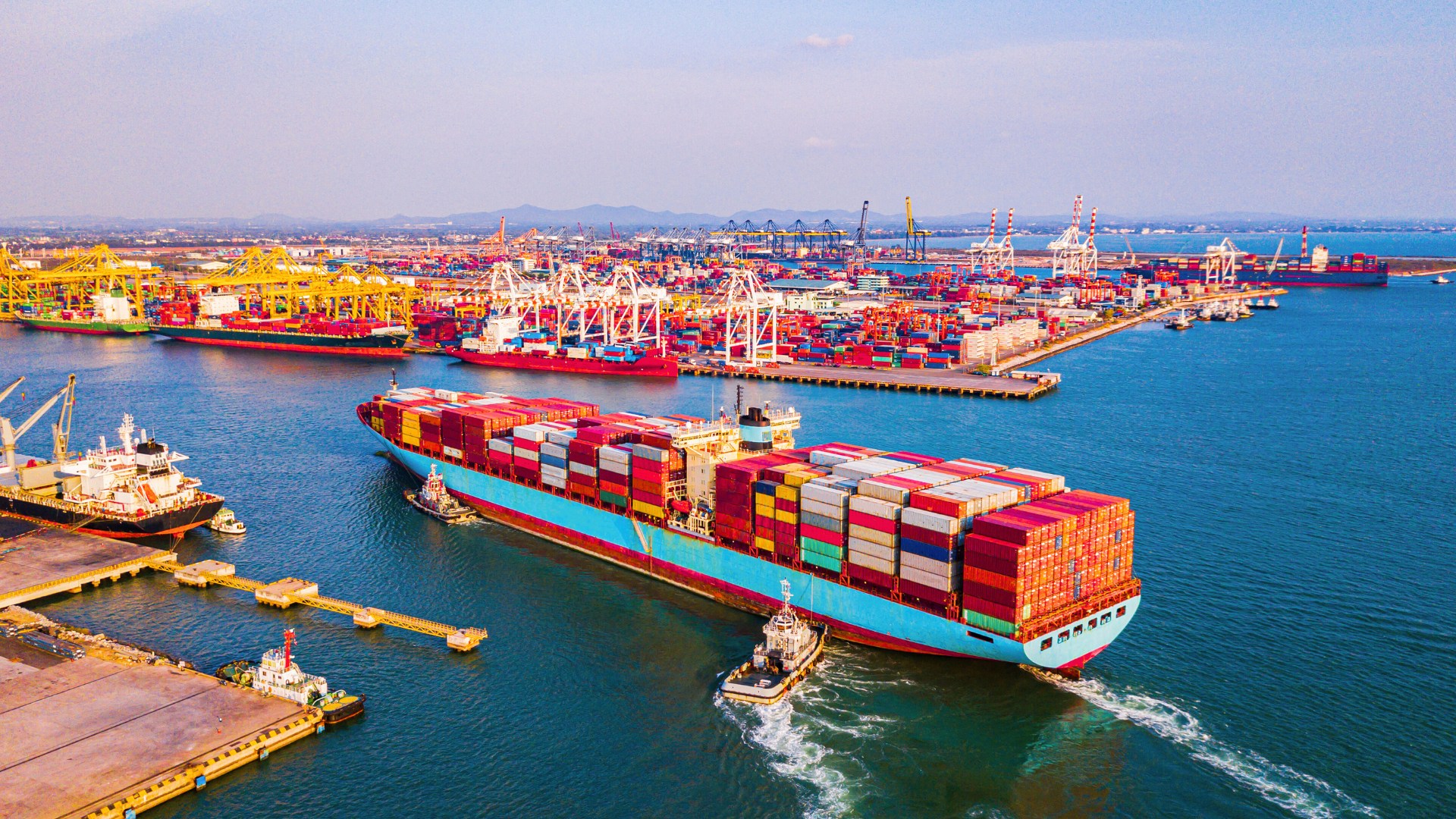The Phase 1 Trade Agreement between the US and China is official. While we wait for the details and schedule of Phase 2, now is a good time to understand what the China-US Trade Agreement will ultimately mean for offshore manufacturers.
It’s important to note this is the first de-escalation in the current trade war between the two countries. For almost two years the US administration continued to levy tariffs on Chinese goods. Then, China retaliated with its own tariffs. The total amount of tariffs levied against each other by the two countries reached $735 billion. However, this was before the official agreement came into effect.
What the China-US Trade Agreement Contains
The agreement reduces tariff amounts issued by the US administration on Chinese goods while also strengthening protections for US companies. The agreement also prevented additional tariffs on $160 billion worth of goods which was scheduled for December 2019. The 25% tariffs imposed on $250 billion of Chinese goods remain in place.
As part of the agreement, China will buy $200 billion in additional goods and services over the next two years. The US was prepared to impose tariffs on consumer products like laptops and cellphones before the New Year. Yet, thankfully, both countries completed the agreement.
How Economists View the Phase 1 China-US Trade Agreement
Economists see this agreement as a ceasefire between the two countries. Some forecasts suggested that additional tariffs in December 2019 could have impacted the US economy more than the Chinese manufacturing industry. However, there are other analysts who theorize additional tariffs would have contributed to China’s sliding economy. Analysts expect the Phase 1 Trade Agreement to ease pressures on both sides of the Pacific and give some need relief to many industries in both countries.
What This Means for US Offshore Manufacturers
The uncertainty of the last few months seems to be at an end for US offshore manufacturers. With the new agreement, the immediate threat of additional tariffs is no longer a major concern. While the implementation of Phase 1 will rely on the two countries cooperating and sharing their data, it’s the first step in normalizing economic relations between the global superpowers. Of course, the agreement is contingent on both sides keeping their commitments.
What US Offshore Manufacturers Can Do Now
While we await details on the next phase there are steps US offshore manufacturers can take to alleviate the impact. Using an offshore liaison like ITI Manufacturing can help offshoring companies identify alternative suppliers or leverage and improve existing relationships with Chinese factories to reduce errors and issues and foster greater offshore manufacturing success.
ITI Manufacturing has over 45 years of experience with offshore manufacturing in Asia. For companies unsure about how to proceed ITI Manufacturing can help navigate the coming year and develop sustainable strategies. ITI works diligently to ensure our customers achieve offshore success regardless of the current trade environment.
If you are considering manufacturing a product offshore connect with us today to discuss your production needs and options you may not realize you have. You can also take advantage of our online resources to learn if China manufacturing is right for you.
If your company is currently experiencing challenges with offshore factories, give us a call toll-free at 281-242-7030 and speak with us about our customizable Offshore Management Service (OMS).





